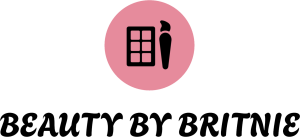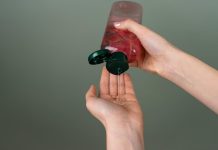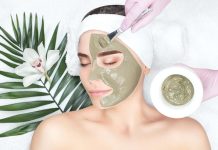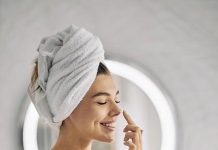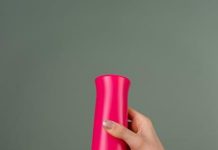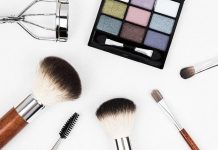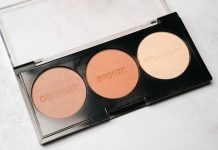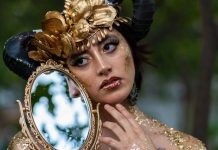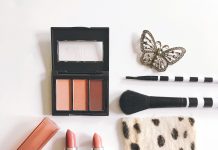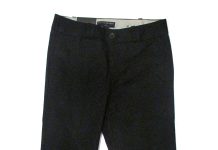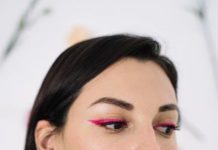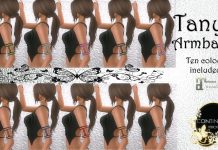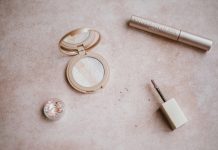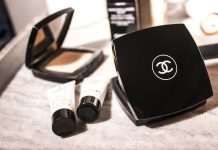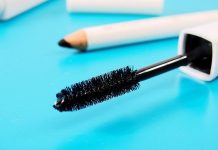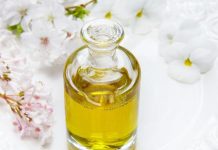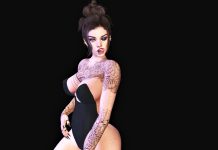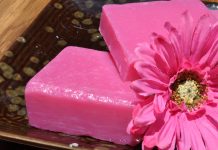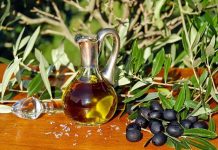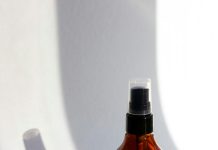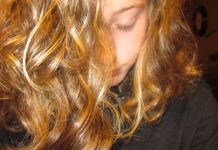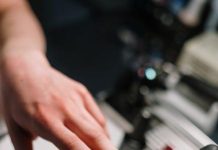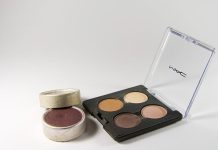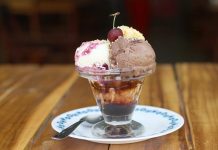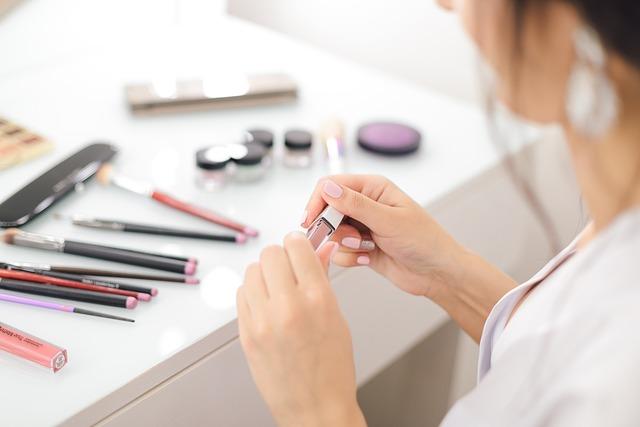In the vibrant world of beauty, where artistry meets personal expression, makeup tutorials have become a digital canvas for millions. Yet, as we scroll through countless videos, a recurring theme emerges: the intricate dance of contouring and highlighting. These techniques, once reserved for the runway and red carpet, now permeate everyday routines. But has this emphasis overshadowed the broader spectrum of beauty? This article delves into the phenomenon, exploring whether the spotlight on sculpted cheekbones and luminous highlights has dimmed the allure of individuality in makeup artistry.
The Rise of Contouring and Highlighting in Makeup Culture
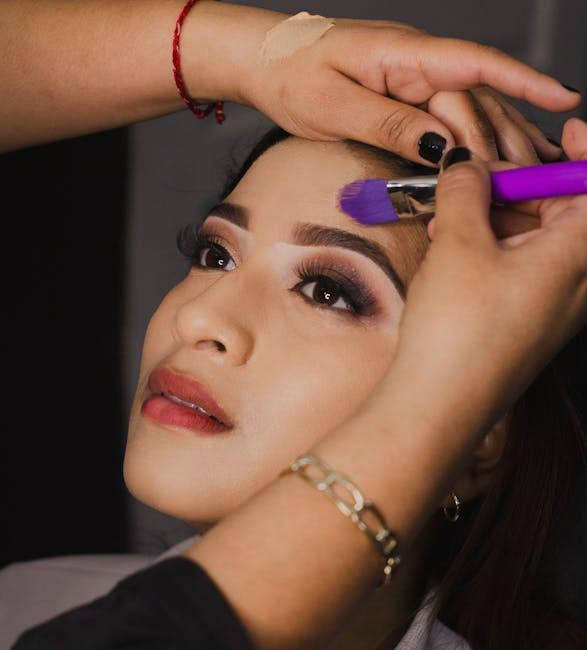
In recent years, the art of sculpting the face has transformed from a backstage beauty secret to a mainstream phenomenon. Contouring and highlighting have become staples in makeup routines, promising to enhance natural features and create the illusion of symmetry. This technique, once reserved for professional artists, is now accessible to anyone with a makeup brush and a YouTube tutorial.
The popularity of these techniques can be attributed to several factors:
- Social Media Influence: Platforms like Instagram and TikTok have amplified the trend, showcasing dramatic before-and-after transformations.
- Celebrity Endorsements: High-profile personalities have embraced and popularized these methods, setting beauty standards that fans eagerly emulate.
- Product Innovation: The market has responded with an array of products designed specifically for contouring and highlighting, making it easier than ever to achieve a professional look at home.
While the trend continues to thrive, it raises questions about whether the emphasis on these techniques overshadows the appreciation of natural beauty. The allure of a perfectly contoured face is undeniable, but it’s worth considering whether the makeup community is placing too much focus on this one aspect of beauty.
Exploring the Psychological Impact of Beauty Standards
In the age of digital beauty influencers, the intricate art of contouring and highlighting has become a staple in makeup tutorials. While these techniques can enhance facial features and offer a canvas for creativity, they also underscore the pervasive beauty standards that dominate our screens. The pressure to achieve the perfect sculpted look can lead to a fixation on perceived imperfections, affecting self-esteem and self-image.
- Self-Perception: Constant exposure to flawlessly contoured faces may distort one’s self-view, fostering unrealistic expectations.
- Time and Effort: The meticulous process of contouring can transform a simple makeup routine into an exhaustive ritual, potentially impacting daily life.
- Financial Implications: Keeping up with the latest contour kits and highlighters can strain budgets, making beauty seem more like a luxury than an accessible form of self-expression.
While makeup should be a tool for empowerment, the intense focus on contouring and highlighting can sometimes shift the narrative, emphasizing conformity over individuality. Encouraging diverse beauty practices and embracing natural features might help mitigate these psychological impacts, fostering a healthier relationship with beauty.
Balancing Artistry and Authenticity in Makeup Tutorials
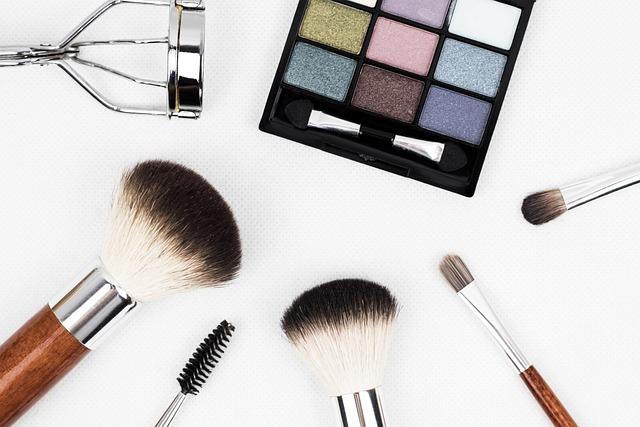
In the ever-evolving world of beauty, the art of makeup has become a complex dance between creativity and genuine self-expression. Contouring and highlighting have emerged as powerful tools in this dance, offering dramatic transformations with a few strokes of a brush. Yet, the question arises: are we focusing too much on these techniques at the expense of individuality?
Makeup tutorials often emphasize the sculpted perfection achievable through contouring and highlighting, but it’s crucial to remember the diversity of beauty. Here are a few considerations to ponder:
- Personal Expression: Makeup should enhance one’s unique features, not mask them. Encouraging viewers to explore their natural beauty fosters authenticity.
- Variety in Techniques: While contouring can add depth, experimenting with other methods can showcase different aspects of one’s personality.
- Inclusivity: Tutorials should cater to all skin tones and face shapes, ensuring that everyone can find techniques that resonate with them.
Ultimately, the balance lies in using these techniques to complement, not overshadow, the natural beauty each individual possesses.
Practical Tips for a More Natural Makeup Approach
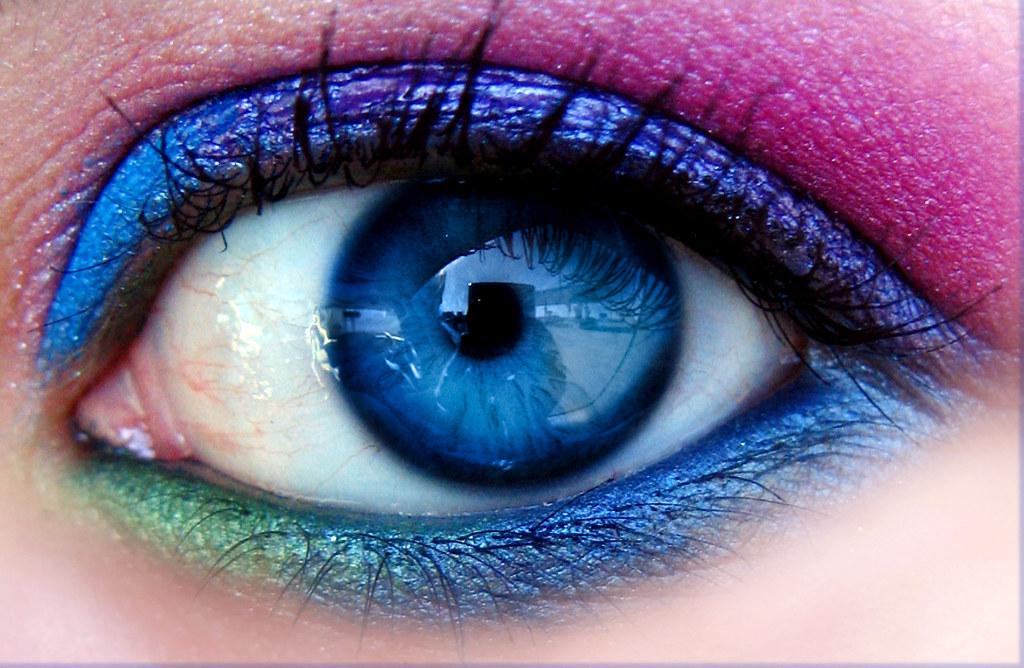
- Embrace Your Natural Features: Instead of altering your face shape with heavy contouring, focus on enhancing your natural features. Use a light hand when applying bronzer to areas where the sun naturally hits your face, like the forehead and cheekbones. This subtle approach can create a warm, sun-kissed look without drastic lines.
- Opt for Cream-Based Products: Cream blushes and highlighters blend seamlessly into the skin, offering a dewy finish that mimics a natural glow. These products are more forgiving than powders, allowing for easy adjustments and a softer appearance.
- Prioritize Skin Care: A good skincare routine lays the foundation for any makeup look. Hydrated and well-prepped skin reduces the need for heavy foundation and concealer. Consider using a tinted moisturizer or BB cream for light coverage that evens out your complexion while letting your skin breathe.
- Focus on Brows and Lashes: Well-groomed brows and defined lashes can frame your face beautifully without the need for excessive eye makeup. Use a brow gel to shape and fill in sparse areas, and a lengthening mascara to open up your eyes.
- Choose Multi-Functional Products: Products like lip and cheek tints can simplify your routine and create a cohesive look. A single shade applied in different areas can unify your makeup, maintaining a fresh and harmonious appearance.
Incorporating these tips into your routine can help shift the focus from heavy sculpting techniques to a more authentic representation of your unique beauty. By emphasizing skin health and subtle enhancements, you can achieve a radiant and effortless look that feels true to you.
